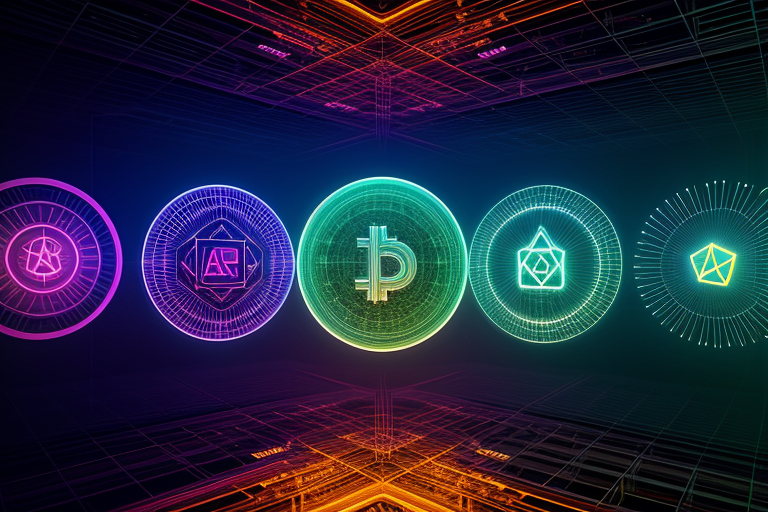The domain market, which represents the online real estate of the internet, is on the brink of a revolutionary change. With the rise of Web3 and the upcoming transfer of trillions of dollars’ worth of assets to Millennials and Gen Z, the domain industry is poised for a significant transformation. In this article, we will explore the challenges faced by the domain industry, look at the potential solutions offered by Web3 and tokenization, and highlight the pioneering efforts of D3 in modernizing the market.
The acquisition of simple domains with a .com extension has become a highly sought-after digital asset in the domain world. Premium domains, in particular, hold significant value due to their simplicity and brand potential. However, the domain market faces a major obstacle – a lack of liquidity. Many domain owners struggle to sell their assets quickly, hindering market efficiency.
The industry has fallen victim to domain hoarding, as speculators acquire premium domains only to leave them unused or set up parking pages for monetization purposes. It is surprising to discover that a third of all .com domains remain inactive, accumulating virtual dust.
Domains have been a profitable source of income for savvy investors for almost fifty years. As the internet grew, so did the value of these digital assets. However, the traditional domain market urgently needs modernization to address the liquidity issue and make it more accessible to a wider range of investors.
Enter Web3, the next evolution of the internet that promises decentralized and user-centric experiences. Web3 technology has the potential to revolutionize the domain market and provide solutions to the liquidity problem. Tokenization, in particular, is gaining momentum as a way to increase liquidity in various asset markets, including domains.
At the forefront of transforming the domain market is D3, a pioneering company that champions innovation. Their vision is to modernize the domain market for Web3 by introducing new crypto-themed top-level domains next year. Built on blockchain technology, these domains offer greater liquidity and ease of transfer for owners.
Tokenization holds the key to unlocking liquidity in the domain market. By enabling the sale of fractional interests in domain assets, tokenization allows for broader participation and facilitates faster transactions. This addresses the slow and cumbersome leasing process currently plaguing the industry.
As Millennials and Gen Z prepare to inherit trillions of dollars’ worth of assets, the demand for alternative investment opportunities is set to skyrocket. Tokenized domains could present a unique and appealing investment option for these tech-savvy generations.
Despite the challenges faced by the domain market, there is optimism for the future. Web3 and tokenization offer exciting prospects for addressing liquidity concerns and creating a more dynamic and inclusive domain market. With the value of domains continuing to rise, innovative solutions have the potential to propel this digital real estate market to unprecedented heights.
In conclusion, the domain market, burdened by liquidity issues and rampant hoarding, stands on the verge of a revolution. Web3 and tokenization present unique opportunities to overcome these challenges and reshape the domain industry for a digital future. With D3 and other innovators pushing the boundaries of what is possible, the future of domains looks incredibly promising, offering investors a gateway into the thriving digital economy of tomorrow.











